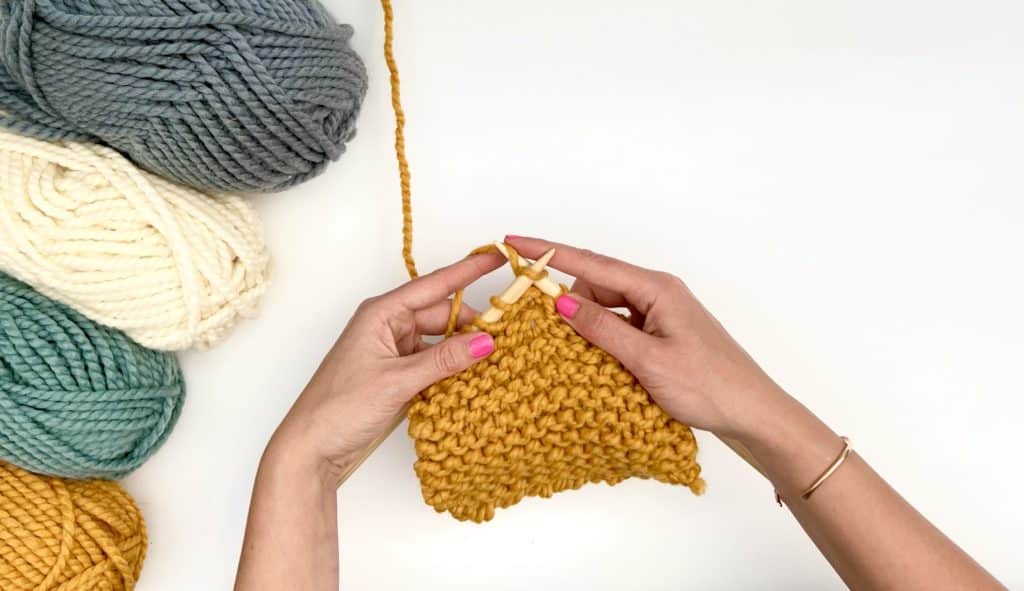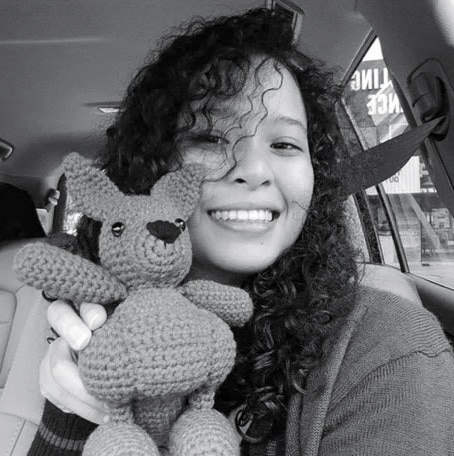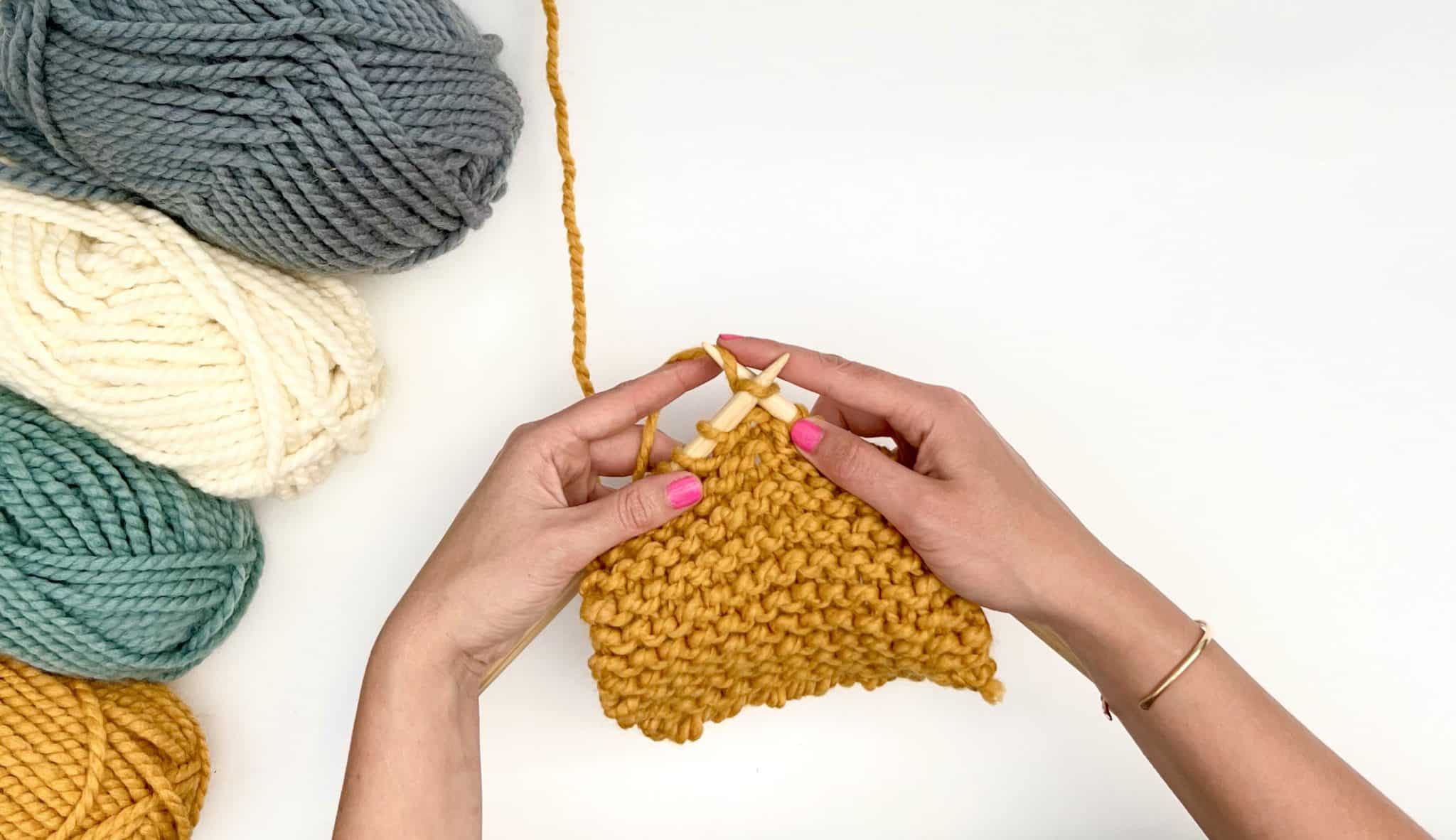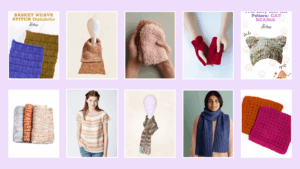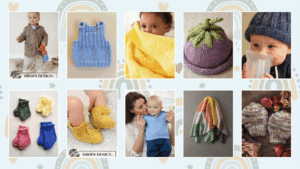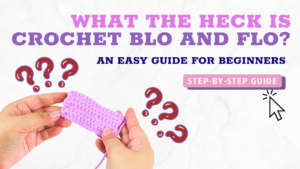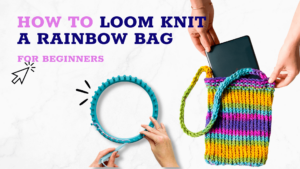Ever found a cute pattern, only to realize it uses a totally different needle sizing system? It happens to the best of us. A knitting needle size chart is your new best friend, helping you translate between metric (mm), US, and UK sizes so you always have the right tools.
Your Quick Guide to Needle Sizes

It’s a classic knitter's puzzle when a UK pattern calls for a size 3 needle, but your US set skips right from 2 to 4. Why the drama? These sizing systems grew up in different places, so they don’t always match up perfectly.
This is why having a conversion chart is a total game-changer. Think of it as your secret decoder ring for any pattern, no matter where it's from. A quick peek is all it takes to find the perfect needle and get straight to the fun part—knitting!
To make things easy, here’s a quick reference table with some of the most common sizes you'll bump into.
Quick Needle Size Reference
| Metric (mm) | US Size | UK/Canadian Size |
|---|---|---|
| 2.25 mm | 1 | 13 |
| 2.75 mm | 2 | 12 |
| 3.25 mm | 3 | 10 |
| 3.75 mm | 5 | 9 |
| 4.0 mm | 6 | 8 |
| 4.5 mm | 7 | 7 |
| 5.0 mm | 8 | 6 |
| 5.5 mm | 9 | 5 |
| 6.0 mm | 10 | 4 |
| 6.5 mm | 10.5 | 3 |
| 8.0 mm | 11 | 0 |
| 9.0 mm | 13 | 00 |
| 10.0 mm | 15 | 000 |
Bookmark this page or jot these down in your knitting journal. Having this chart handy means less time guessing and more time creating. Now, let’s get into why even the "right" needles might not be the whole story.
So, Why Is Needle Sizing So Inconsistent?

If you've ever side-eyed a pattern from another country, you've probably asked: why is a US size 8 needle totally different from a UK size 8? It all boils down to history. Before we had a global knitting community, different regions just did their own thing.
The UK system, for example, can feel a bit backward at first. It actually comes from the industrial wire gauge standards used for making steel needles way back when. In that system, thinner needles got higher numbers, which explains the weirdness! If you're a history nerd, check out this deep dive on the history of needle sizing at Nimble Needles.
Once you get a handle on these historical quirks, you'll see why a reliable knitting needle size chart is an absolute must-have. It’s the key to unlocking a world of patterns!
The Ultimate Needle Size Conversion Chart
Getting your needle size right is one of the most important first steps. But with different systems used around the world, it can get confusing fast. A UK pattern uses different numbers than a US one, and many modern patterns just list the metric size in millimeters.
This is where a good conversion chart becomes your ride-or-die. It’s the key to making sure that vintage pattern you found or that cool design from an international creator comes out looking fire.

Comprehensive Knitting Needle Conversion Chart
Here is a detailed breakdown to help you convert sizes instantly. Whether your pattern calls for a US 8, a 4mm, or a UK 6, this chart has you covered. Keep it handy so you're never left guessing.
| Metric (mm) | US Size | UK/CAN Size |
|---|---|---|
| 2.0 mm | 0 | 14 |
| 2.25 mm | 1 | 13 |
| 2.75 mm | 2 | 12 |
| 3.25 mm | 3 | 10 |
| 3.5 mm | 4 | – |
| 4.0 mm | 6 | 8 |
| 4.5 mm | 7 | 7 |
| 5.0 mm | 8 | 6 |
| 5.5 mm | 9 | 5 |
| 6.0 mm | 10 | 4 |
| 6.5 mm | 10.5 | 3 |
| 8.0 mm | 11 | 0 |
| 9.0 mm | 13 | 00 |
| 10.0 mm | 15 | 000 |
| 12.0 mm | 17 | – |
Bookmark this page or save this chart to your phone—it’s an incredibly useful tool you’ll come back to again and again.
A Quick Note on Gauge
Remember, the needle size listed in a pattern is always a recommendation. It's what the designer used to get their specific gauge (the number of stitches per inch). Your personal knitting tension might be different, which is why a gauge swatch is so important.
Think of the pattern's suggested needle size as your starting point, not the final word. Your swatch will tell you the rest of the story.
Matching Needles to Your Yarn Weight

Think of your yarn and needles as a dynamic duo; they need to vibe together to create the right fabric. It's pretty simple: thin yarns need small needles for a delicate look. For big, bulky yarn, you’ll need large needles to create those wonderfully cozy, squishy stitches.
One of the most classic and reliable pairings is worsted weight yarn with US 8 (5.0 mm) needles. This combo is super popular because it’s perfect for everything from sweaters and scarves to hats. In fact, you can see more about the popularity of knitting needle sizes at AllFreeKnitting.com.
Why Your Gauge Swatch Really Matters
So, you've used a needle size chart and picked your yarn. You’re ready to cast on, but hold up. The single best thing you can do is take 10 minutes to knit a gauge swatch.
A gauge swatch is a small test run to see if your knitting tension matches the pattern. It’s like an insurance policy against a project that doesn't fit, saving you from a major crafting fail. Getting the gauge right also ensures your fabric has the perfect drape and texture, like in this example of a finished stitch.
Choosing Your Needle Material and Type
https://www.youtube.com/embed/FFlR6i9B3zg
Beyond just the numbers on a knitting needle size chart, the material of your needles can totally change your knitting experience. Slick, smooth metal needles are great for speed because stitches glide effortlessly. They're a great choice for yarns that have a bit of grip.
On the other hand, if you're working with a slippery yarn like silk, bamboo or wood needles are a lifesaver. Their natural texture provides a gentle grip, giving you better control and preventing stitches from sliding off. Once you’ve picked a material, you’ll need the right type of needle for your project.
-
Straight Needles: The classics. They come in pairs and are perfect for knitting flat pieces back and forth, like scarves or dishcloths.
-
Circular Needles: These are super versatile, with two short needle tips connected by a flexible cable. They can handle huge projects like blankets or be used for knitting seamless tubes in the round for projects like this easy guide for knitting a hat.
-
Double-Pointed Needles (DPNs): When you need to knit tiny circles like the tops of hats or socks, DPNs are your besties. They come in sets of four or five, letting you knit continuously in the round.
Knitting Needle FAQs
Got a few more questions? Let's get them sorted. Here are some quick answers to common knitting dilemmas.
What Do I Do If My Gauge Is Off?
It's a classic problem! If you have too many stitches per inch, your tension is too tight, so switch to a larger needle. If you have too few stitches per inch, your tension is too loose, so go down a needle size to tighten things up.
Are Knitting Needle and Crochet Hook Sizes the Same?
Nope! This is a common mix-up. While both tools often use the same millimeter (mm) measurement, their US numbering and lettering systems are completely different. For example, a US 6 knitting needle is 4.0 mm, but a US G-6 crochet hook is also 4.0 mm. Always trust the mm size on your tools and pattern to be sure.
Ready to start your next project with confidence? Explore endless patterns, tutorials, and inspiration at Knitting.com! Find everything you need for your creative journey, from how to block your knits to your next favorite yarn at https://knitting.com.
